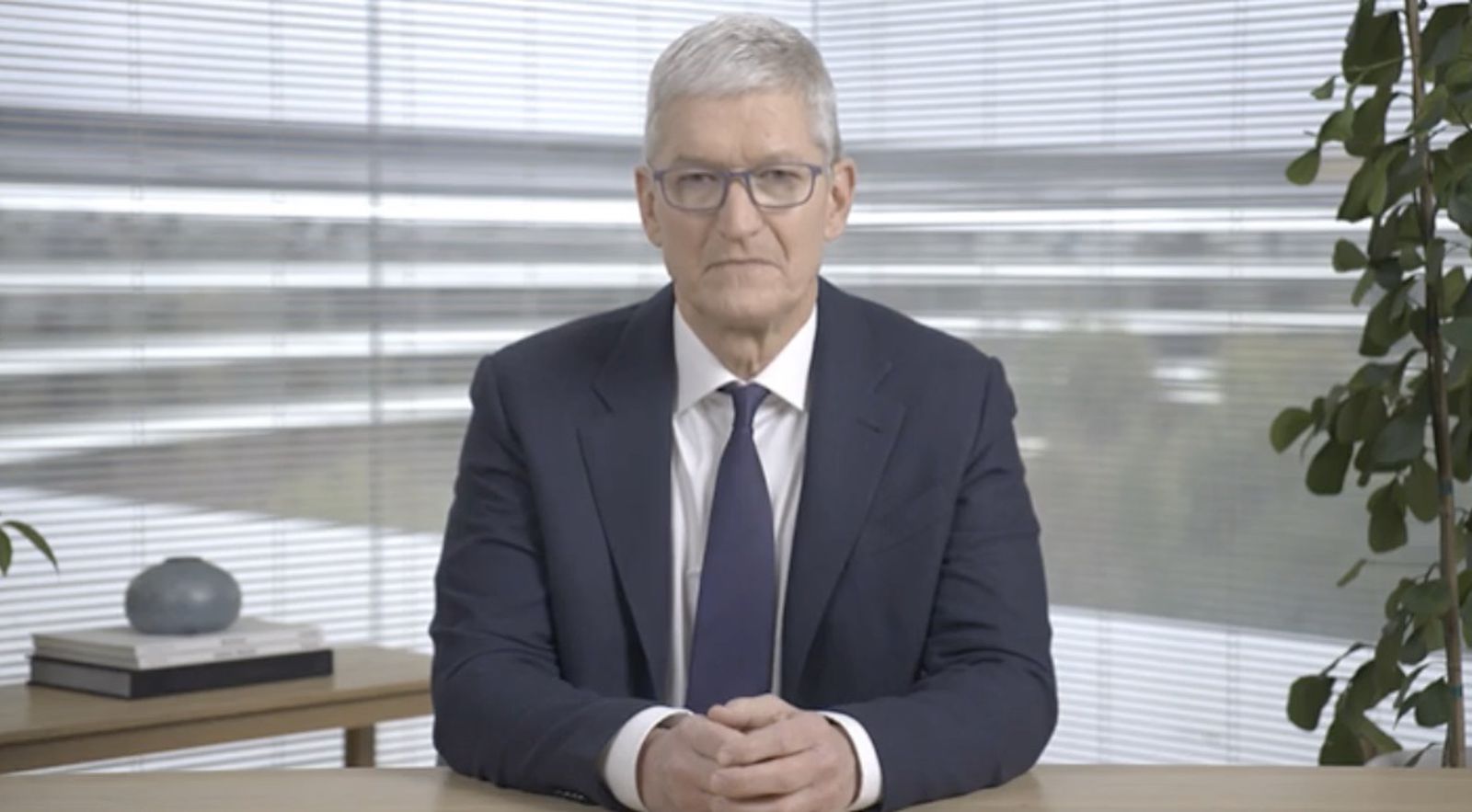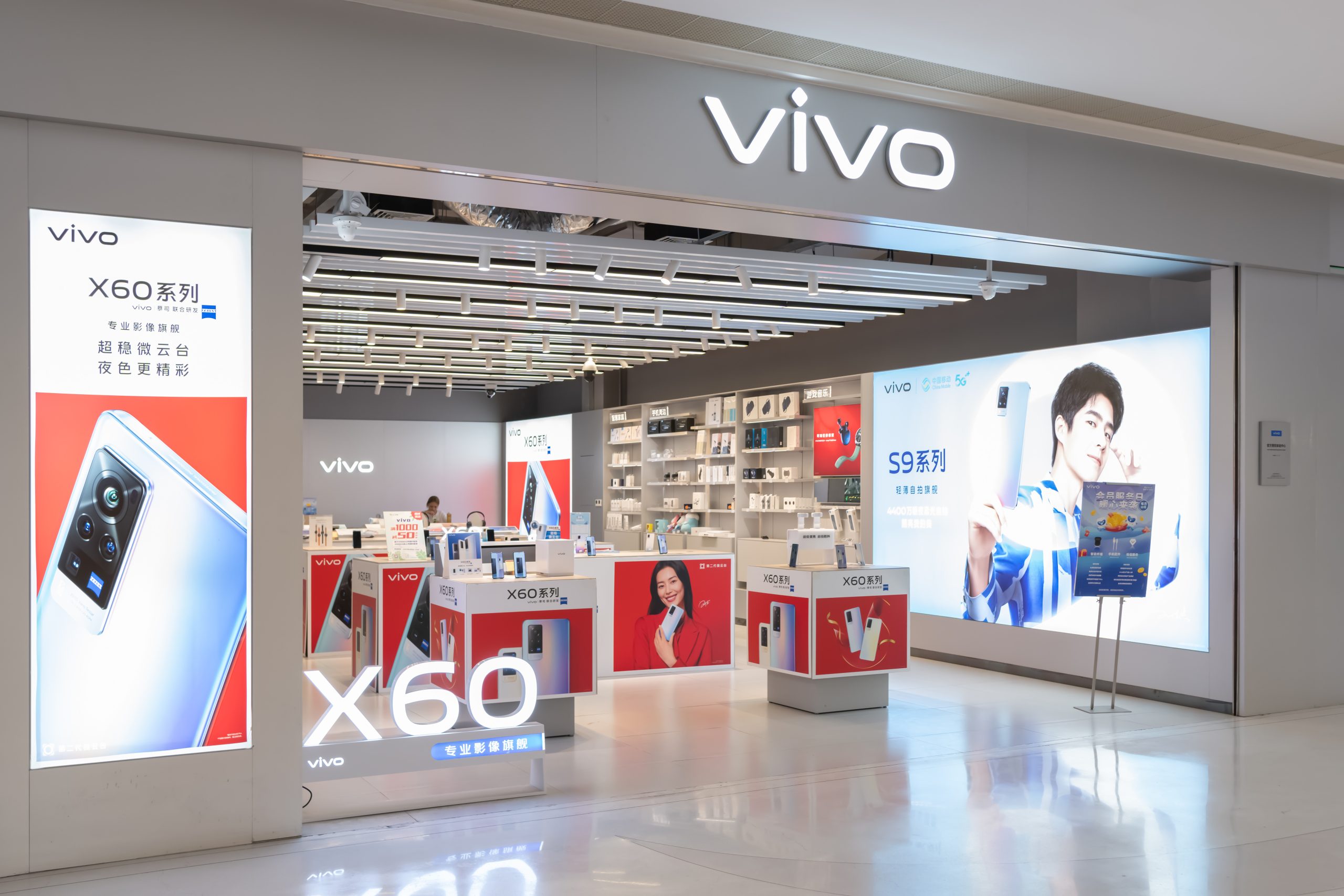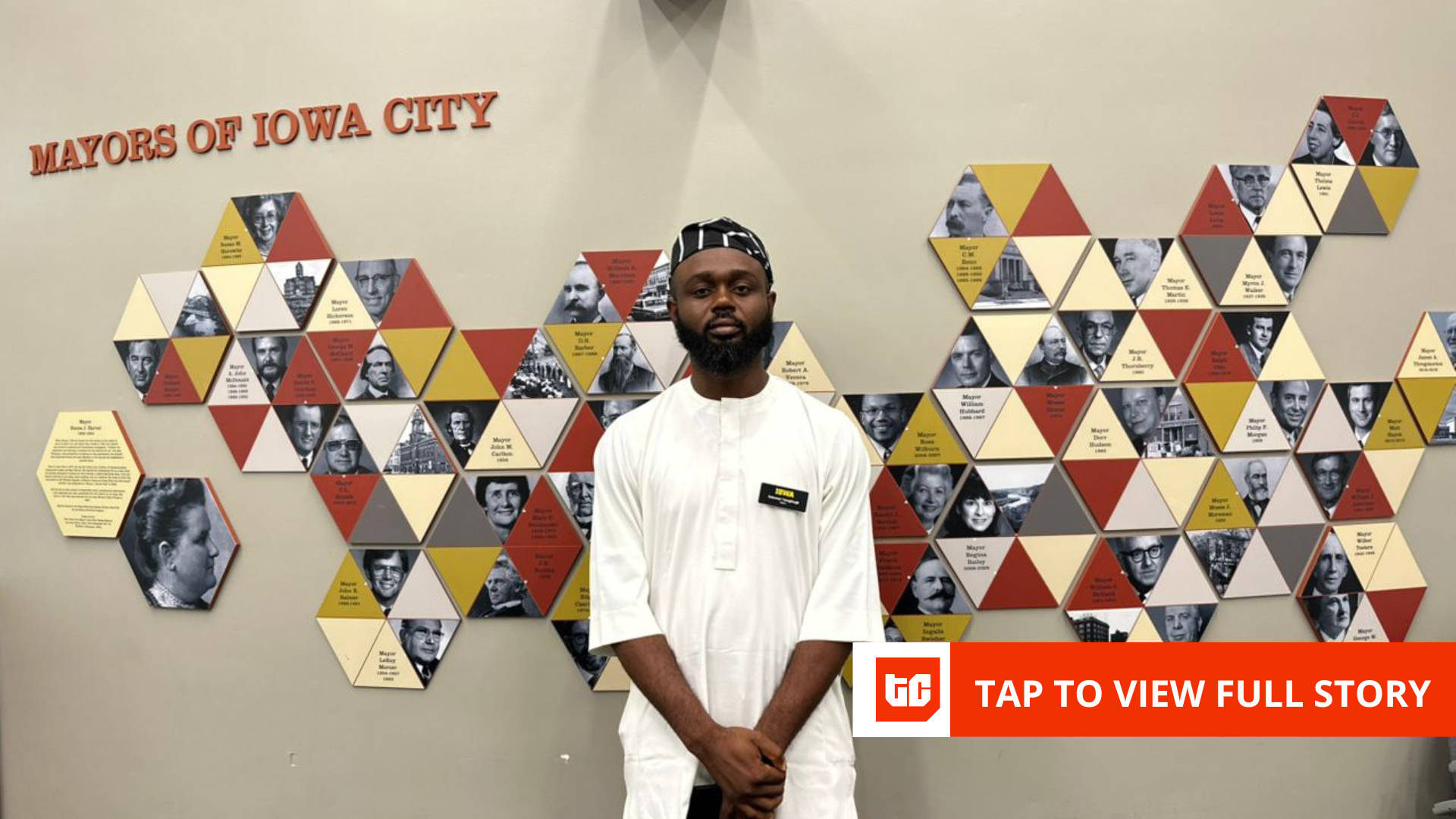Will the new $100,000 H-1B visa fee in the U.S. drive tech companies to look to Canada for a cheaper way to employ AI talent — and encourage more Canadians to stay home?
With President Donald Trump’s executive order shaking up the visa system that many U.S. tech companies use to hire skilled immigrant workers, Canadian officials are seizing the opportunity to pitch their country as a more welcoming and affordable alternative.
In British Columbia, where both Microsoft and Amazon already have a large presence, Minister of Jobs and Economic Growth Ravi Kahlon jumped into the fray with a LinkedIn post referencing the H-1B changes, stressing the province’s commitment to science and innovation.
“We’re inviting tech talent, innovators, and scientists to come to B.C. and be part of building the economic engine of Canada’s new economy!” he wrote, adding a maple leaf emoji for emphasis.
Speaking to the Council on Foreign Relations in New York on Monday, Canadian Prime Minister Mark Carney suggested that the changes could see fewer Canadians leaving to work for U.S. tech companies. While Canadian universities graduate many talented students with expertise in AI and quantum computing, he noted, most end up working in Silicon Valley and Seattle.
“I understand you’re changing your visa policy,” Carney told the U.S. audience, with a smile. “So we are going to hang on to a few of those.”
The idea isn’t just about keeping Canadian graduates at home. With the new $100,000 H-1B fee raising the cost of hiring foreign workers in the U.S., tech companies may find it cheaper to bring overseas talent to Canadian hubs like Vancouver or Toronto instead.
Reality check on visa impact
But while Canadian leaders see an opening, immigration experts caution that the impact may be narrower than it first appeared. In an alert for employers, lawyers Megan Vogel and Diane Butler at Davis Wright Tremaine LLP in the Seattle area noted that the $100,000 fee applies only to new H-1B petitions, and that the cost will fall on employers — not workers.
At the same time, for Canadians wanting to work in the United States, the H-1B is not the only option. They can apply for a USMCA Professional (TN visa), which offers many of the benefits of the H-1B. It does not, however, provide a path to permanent residence.
For non-Canadian and non-US citizens who have been working for an American company in Canada for a year or more, there is also the option of an L-1A or L-2A visa. These allow for “internal transfers” of employees between the two countries under certain conditions.
Cross-border collaboration
While the new H-1B costs could heighten competition between Canada and the United States for tech talent, Washington state and British Columbia are still on a path to collaborate closely on a long-held regional vision: the Cascadia Innovation Corridor.
The initiative, which also includes Oregon, is supported by Microsoft President Brad Smith and led by former Washington state governor Chris Gregoire. Both Smith and Gregoire will be speaking at the organization’s annual conference in Seattle next month.
The group is promising an update on its vision for a high-speed rail link through the region. The Cascadia high-speed rail initiative received $54.5 million in federal and state funding in late 2024 to plan future rail service connecting Seattle with Portland and Vancouver.
It is not clear what impact the Trump administration’s budget priorities may have on future funding for the high-speed rail link. But there’s clearly strong interest on both sides of the border in improving transportation between the two countries — even if the new visa fees mean fewer tech workers might be making the trip in the short run.








